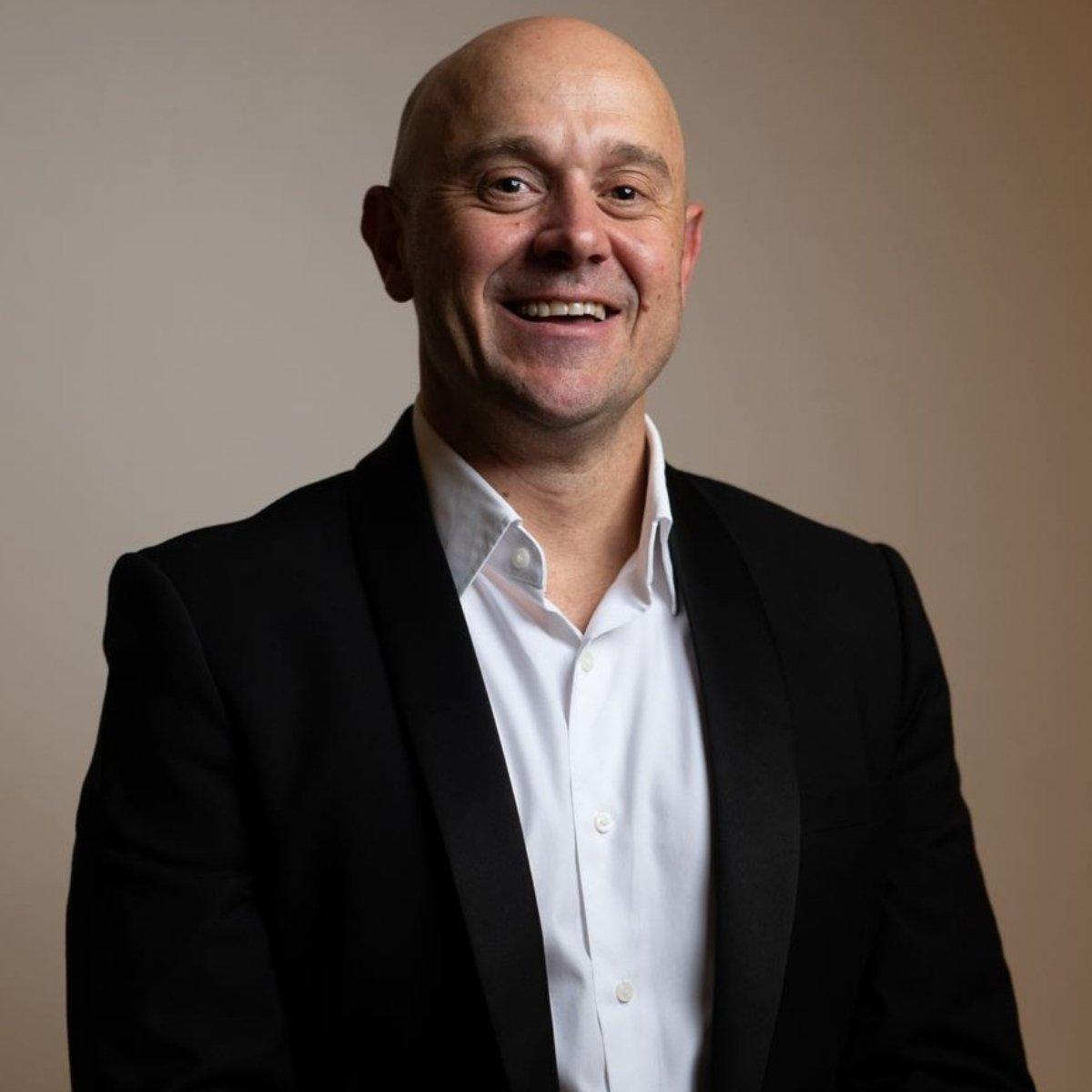When artists and performers come together, something beautiful happens. Australasian Dance Collective's (ADC) 'THREE' is proof of this.
The project sees three renowned choreographers – Jack Lister, Melanie Lane and Hofesh Shechter – joining forces in one show, presenting their own works separately. Each work reflects its choreographer and presents its own ideas and movements.
It's an exquisite triple bill of dance taking place at Queensland’s Redland Performing Arts Centre (RPAC), after premiering with great success last year.
Jack Lister's work, 'Still Life', embraces the dichotomy of the permanence of visual artworks, against the impermanent nature of dance.
We learn more about this work from Jack ahead of the RPAC performance.
What does 'THREE' entail, as a whole?
'THREE' is a triptych of works by three different choreographic voices. The programme is comprised of two new creations commissioned for ADC, and one pre-existing work, so it really showcases the versatility of the company artists as they interpret each one of these contrasting works. Each one of the works have their own specific flavour, mood and atmosphere, so as a show it really demonstrates how diverse the contemporary dance vernacular can be.
Why do you think a performance like this, featuring three choreographers, is so impactful?
Although each work contrasts against the other, there are certainly themes which look at the human condition and how we connect (or strive to connect) with each other, that I think really resonate with audiences. Underpinning the works are concepts which traverse abstract, emotional and psychological levels, but the raw physicality and diverse movement language in each work means that 'THREE' summons in an unparalleled rush of live performance.
Tell us about the work you’re presenting in 'THREE' at RPAC.
My work is titled ‘Still Life’. The curtain comes up a blank white wall, with a square void in the middle where an artwork would hang. It is a stark world where we have built an atmosphere resonant to an art gallery; meditative, quiet and sacred. The work is a series of scenes which roll out within the setting, as the dancers continually blur the line of what is human and what is abstract. The overarching themes of the work really relate to time – how time can be suspended, sped up and slowed, and acts as a metaphor to our own mortality. The inspirations were drawn from the symbolism in the 16th and 17th century memento mori still life paintings, so the movement vocabulary was developed from concepts of the hourglass, a wilting flower, a smoking candle and a skeleton. The interesting counterpoint in the work is where we take these static paintings and translate them into movement, finding ways to distil time and allow the imagery to resonate, though forever impermanent, through the language of dance.
And how are you hoping audiences respond?
It is a quiet work, and I have left a lot of room for the audience to read into it as they wish. For me, it is at times very open and meditative and at others very detailed and intricate, so it does feel as though you are moving through a gallery, as if different works jump out and resonate with you for reasons which you may or may not be able to discern.
Jack Lister
Where/when did your love for dance originate?
I first started dancing when I was four. Originally it was just a hobby, as I followed in my older sister's footsteps. Eventually, things started to get more serious, finding myself in full-time training and now working within the industry as a dancer and as a choreographer simultaneously. I love my job.
What do you love most about the art of dancing?
Without a doubt, what I love most about the job is the people you meet and the work you get to sink your teeth into. I feel very grateful to be surrounded by a vast array of people whose artistic compass is complemented but their open-mindedness and wide ranging knowledge sets. Dancers, creatives, collaborators and in turn, friends – I learn the most from the people I get to work with and how we all push each other creatively.
What has been the biggest challenge and reward in your involvement in 'THREE'?
I think it is both a challenge and reward to be in my position within 'THREE'. I am very grateful to have been able to create a work for this beautiful company and also been able to work with other great choreographers and step into their minds as a dancer. When I was creating, a challenge I found was to stay truthful to my creative voice as I was equally involved as a dancer in the other works, but performing the programme is very rewarding and a joy to bring the show to audiences.
'THREE' plays Redland Performing Arts Centre (Queensland) 1 July.









